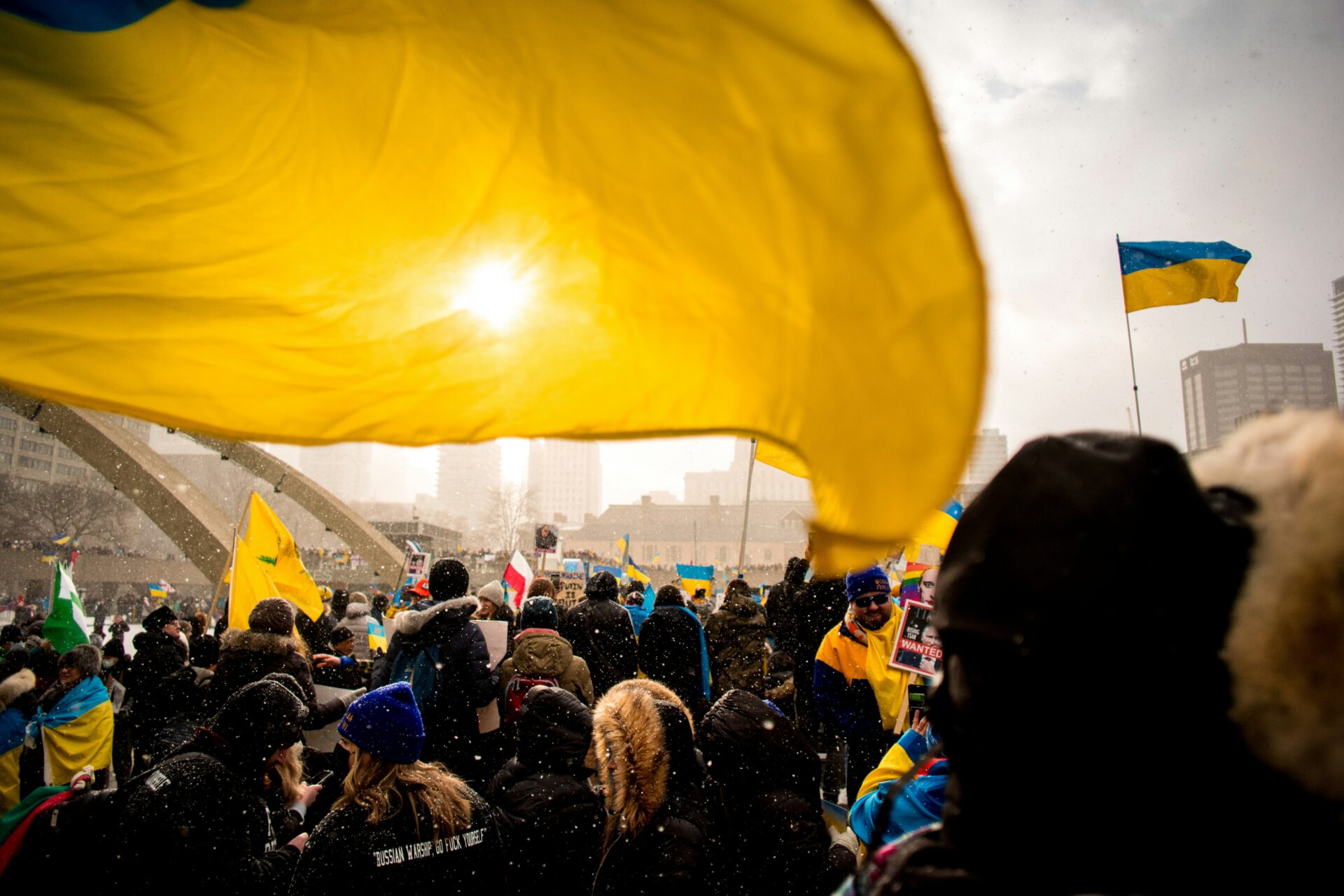At NATO’s landmark 75th anniversary summit in Washington, a key issue on the agenda will be the nature of the alliance’s commitment to Ukraine’s future membership. Following vague language in the Vilnius summit communiqué a year ago — which failed to specify when and under what conditions Ukraine would join NATO — divisions persist among allies about how far to go in making promises to Kyiv. Signs point to a similar outcome this year, with a formal invitation for membership remaining off the table.
The alliance’s lukewarm embrace of Ukraine is a strategic error. Kyiv’s Euro-Atlantic integration — meaning membership in both NATO and the European Union — is essential to the definition of victory in its fight against Russia’s full-scale invasion. It is therefore crucial for the West to lay out a clear path for achieving this goal. As the ongoing squabbles over NATO’s position demonstrate, there is a serious lack of clarity about how to align means with the end of Ukraine’s Euro-Atlantic integration.
Clarifying Ukraine’s path to joining NATO and the EU must start with the explicit affirmation of a lasting ceasefire as a prerequisite. Both organizations bind their members together with collective defense pledges: the North Atlantic Treaty’s Article 5 and the Lisbon Treaty’s Article 42.7, respectively. Thus, as long as active hostilities continue, admitting Ukraine to either NATO or the EU would likely make the organizations’ other members direct parties to the conflict — certain to be an unacceptable outcome for nearly every NATO or EU country.
The Need for a Backup Plan
NATO and the EU must additionally communicate a coherent vision for reaching a sustainable peace that would allow Kyiv to gain membership. Such a vision must include both a “Plan A” and a “Plan B.” At the moment, the West only appears to have one plan — aiming to provide Kyiv with whatever it can for “as long as it takes.” Undoubtedly, Kyiv’s Western backers should continue to pursue this “Plan A” wholeheartedly for as long as Ukrainians wish to keep fighting.
Yet, while sustaining support for Ukraine’s efforts on the battlefield, NATO and EU members should simultaneously clearly outline for Kyiv a “Plan B” that it could pursue in the event that regaining all lost territory proves impossible. If and when Ukraine no longer wants or is able to continue fighting, it must know that it has a reasonable alternative that would still represent at least a partial victory.
NATO and the EU must additionally communicate a coherent vision for reaching a sustainable peace that would allow Kyiv to gain membership.
The US and its European allies should therefore promise to help Ukraine negotiate an armistice that leaves it with the maximal amount of territory that the West can credibly defend for the long-term. Crucially, this promise must also include swift inclusion of Ukraine’s remaining territory in both the EU and NATO once a durable armistice is reached.
Envisioning an Armistice
A reasonable goal for negotiations could be to reach a settlement resembling that on the Korean Peninsula, where seven decades have passed without a return to active fighting despite the lack of a formal resolution of the war. Following the Korea model would have the advantage of not requiring Ukraine or current NATO and EU members to recognize Russia’s annexation of Ukrainian territory as legitimate — sure to be a red line for many.
In the event of a durable armistice along these lines, there is no reason why either NATO or the EU could not include a smaller but stronger Ukraine. Both organizations have precedents of admitting members with unresolved territorial conflicts, such as West Germany and Cyprus.
Support Shouldn’t Waver
The most important condition for Ukraine’s Euro-Atlantic integration is therefore clear, and clearly stating this condition would represent a positive step forward from the strategic cacophony characterizing the status quo. The timeline, however, will remain undetermined. Though some analysts in the West continue to advocate for the United States and Europe to press Ukraine to negotiate with Russia sooner rather than later, the prerogative to determine the right time for negotiations must remain with Kyiv. Until that time comes, US and European support must not waver — even if Ukraine must ultimately resort to “Plan B,” having as much territory as possible before pursuing an armistice is essential.
With NATO’s Washington summit just over the horizon and EU accession talks with Ukraine having just begun, there is no better time to present a clear plan for Ukraine’s Euro-Atlantic integration. Kyiv’s resistance against Russian aggression ultimately stems from its overwhelming desire to determine its own future as a full and equal member of the Western community of nations. The West owes it to Ukraine to spell out unambiguously how it can achieve such a future.














